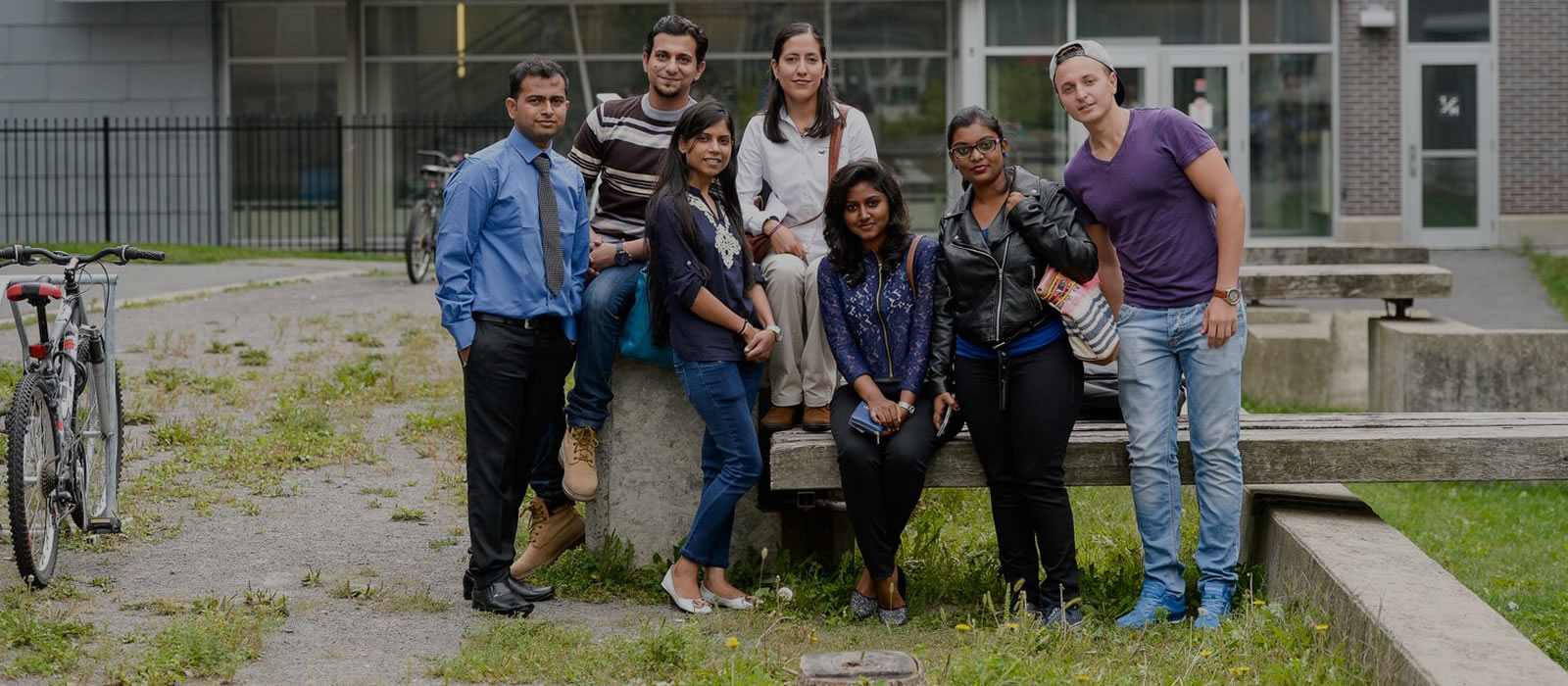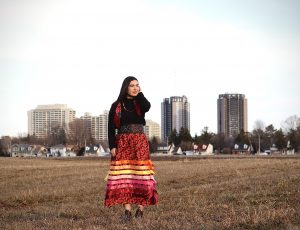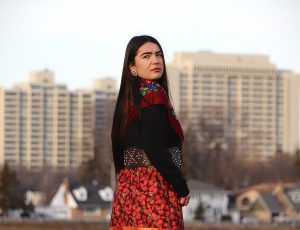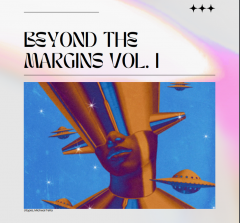
Youma’s Afro-Indigenous futurist magazine
Please take a moment to check out Youma’s Afro-Indigenous futurist magazine “YK_Beyond the Margins Vol. 1.” Completed as part of her final project in INDG 1010: Introduction to Indigenous Peoplehood Studies, Winter 2022 at Carleton University. #IndigenousStudiesCarleton.
Shared with permission. CW: mentions of generational trauma.
******
Seemah’s “Indigenous Studies Learning Resource”
Please take a moment to check out Seemah’s webpage “Indigenous Studies Learning Resource,” meant to support high school history teachers cover contemporary Indigenous struggles and resistances to grade 10 students. Completed as part of her final project in INDG 1010: Introduction to Indigenous Peoplehood Studies, Winter 2022 at Carleton University. #IndigenousStudiesCarleton.
Shared with permission
CW: mentions of residential schools, addiction, incarceration
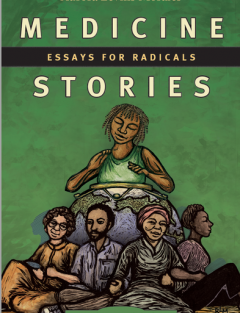
(“Medicine stories”, n.d.)
******
Angeleah’s photo series project
Please take a moment to check out Angeleah’s photo series. Completed as part of her final project in INDG 1010: Introduction to Indigenous Peoplehood Studies, Winter 2022 at Carleton University. #IndigenousStudiesCarleton.
Shared with permission.
Excerpt from Angeleah’s artist statement:
“… The photos I have taken are meant to represent Indigenous presence in Ottawa, a city that is built on unceded and unsurrendered Algonquin Territory. With these photos, I wish to combat ideas of colonization, by demonstrating the strength and resiliency of Indigenous peoples through aspiring images of Indigenous existence outside isolated and enclosed reservation environments. In other words, I want these photos to portray the strong and resilient presence of Indigenous peoples in urban settings, despite the efforts of colonization, assimilation and continuous acts of genocide.
My experience as an Indigenous woman, on and off-reserve, has inspired me to create this four-photo series. Learning to navigate in a world, designed to eliminate me and my people’s cultural and traditional means of existence, has been equally challenging and eye-opening. The last two years I have spent living off my reserve in Ottawa, have made me feel embarrassed and shameful of my Indigenous identity. These photos remind me that who I am, and where I come from is something to be proud of and not hide. I hope others battling with thoughts of their identity find a sense of peace in my work, such as I did.
We deserve to feel worthy.”
******

Noureen’s The Page Turner Podcast
Please take a moment to listen to Noureen’s episode “How to Make a Difference: Over Criminalization of Indigenous Youth in Canada” from her podcast “The Page Turner.” Completed as part of their final project in INDG 1010: Indigenous Peoplehood Studies, Fall 2021 at Carleton University. #IndigenousStudiesCarleton.
https://anchor.fm/…/How-to-Make-a-Difference-Over…
Shared with permission. CW: mentions of suicide, abuse, trauma, crime.
How to be an Ally to Indigenous Peoples in Canada: Explained (for Children) – Melika’s online zine
Please take a moment to check out Melika’s online zine “How to be an Ally to Indigenous Peoples in Canada: Explained (for Children),” completed as part of her final project in INDG 1010: Indigenous Peoplehood Studies, Fall 2021 at Carleton University. #IndigenousStudiesCarleton.
https://www.flipsnack.com/howtobe…/finalprojectmelika.html
Shared with permission.
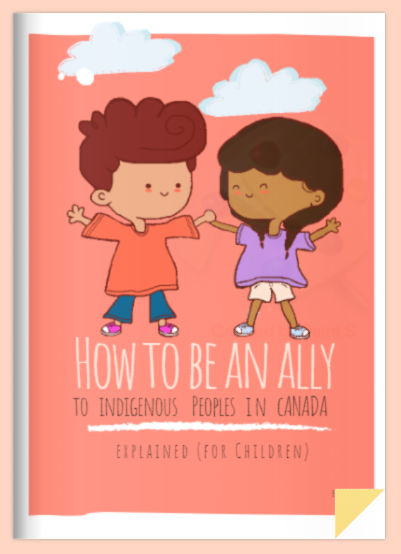
******
Cosette’s Artwork Project
Please take a moment to check out Cosette’s artwork. Completed as part of her final project in INDG 1010: Introduction to Indigenous Peoplehood Studies, Winter 2022 at Carleton University. #IndigenousStudiesCarleton.
Shared with Permission. CW: MMIWG2S crisis, intergenerational trauma, sexual violence.
Excerpt from Cosette’s artist statement:
“This piece can be viewed in two ways: We see it with the beadwork on top, where there is less blood. We can see beadwork coming together on the loom, held together by sinew (our culture, traditions, stories, language). As we look down the canvas, the sinew turns to shredded documents as colonization overtakes Indigenous people’s way of life. The beadwork (our women) become fragmented, lost, and some of the strands of documents are now pulling hectically at the beads in every which direction. The blood begins to drip, our women’s names begin to disappear. Some can still see the names, but from a distance, they are lost, forgotten,missing, murdered.
If you flip the canvas over, we begin in the frenzy of the crisis we know as MMIWG. There is blood everywhere, our girls’ names are nothing more than a statistic – their true identities hidden under the blood of their tragedies. As you move up the canvas, you see beads, fragmented, lost, alone, and being torn apart by the shreds of the colonial system. However, through indigenization and reclaiming our culture, there is hope we can save our women and girls through the strength of our culture – knowing our language, our stories, ourselves. Sinew is said to never break – our spirits are the same. With our culture and with each other, we have strength. We can come together to resurrect our stories and our presence and save our women and girls.
Decolonization is an important process for both Indigenous and non-Indigenous citizens alike. Remaining critical of ourselves as a nation is the only way we can move forward together, as Damien Lee says in the “Decolonization is for Everyone” bundle (Lee and Pierre 2018). We cannot, as a country, have a false sense of pride in our human rights, our values and our history as a peace keeping nation when we have such a crisis at hand.
I challenge you, as the viewer, to consider the position you hold with regard to this genocide and crisis. If you are Indigenous, you may naturally find this a difficult subject, particularly if you, like myself, have been directly affected by MMIWG. I could have been one of them. I could have just as easily gone missing or been murdered – in fact, I almost did. Maybe you could have too – or if not you, your sister, your best friend, your aunt, your mom, your daughter. If you are not Indigenous, you may certainly find this to be a difficult topic anyhow. Maybe you have also been affected by MMIWG, maybe you have not. If you have not, I urge you to think about your circle of women: might one of them have had the possibility of going missing?”
